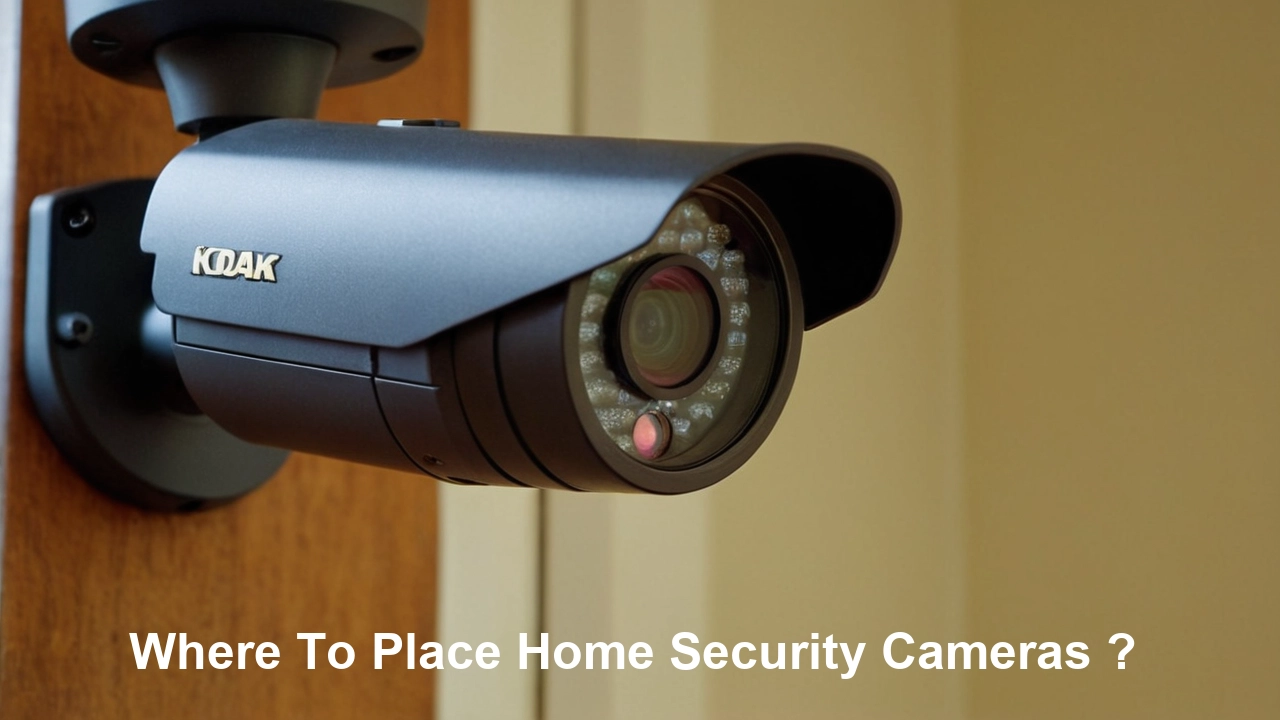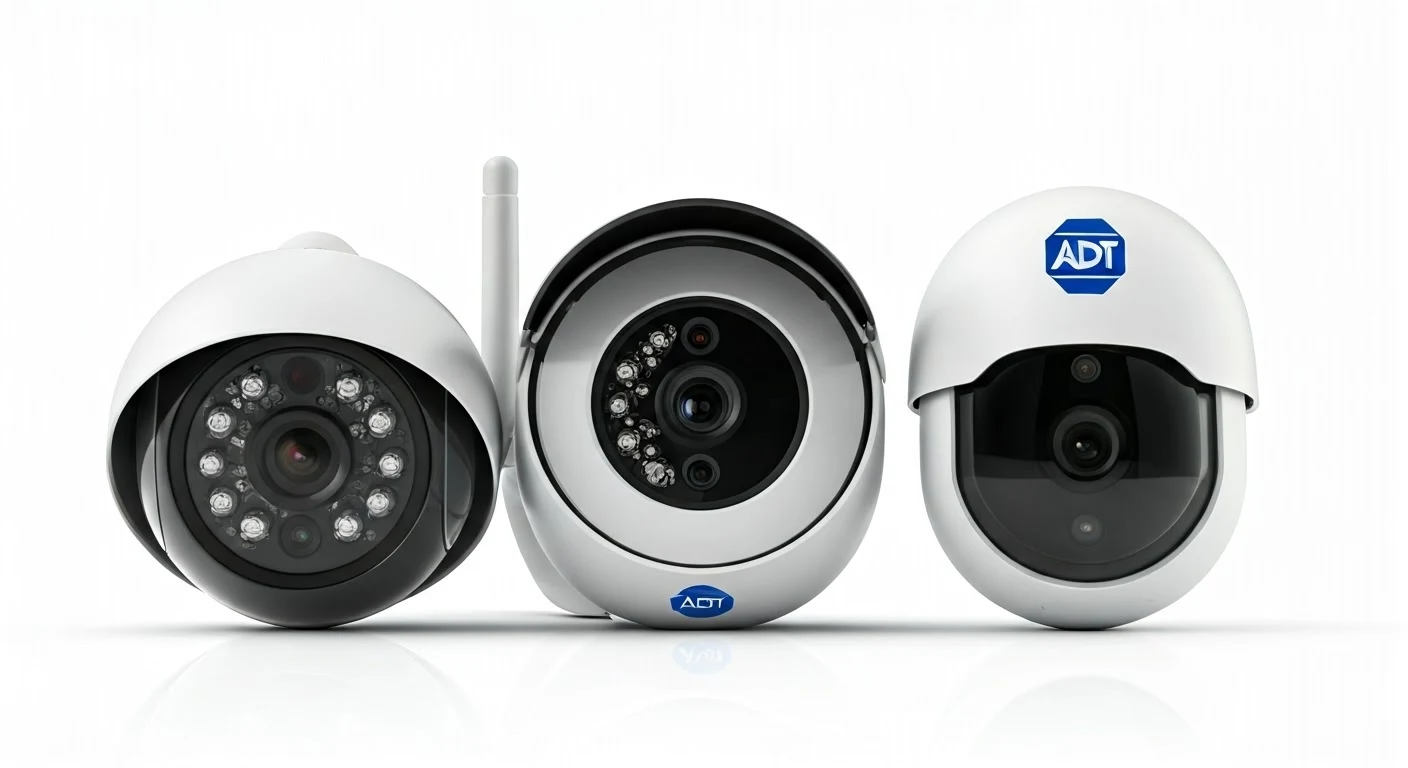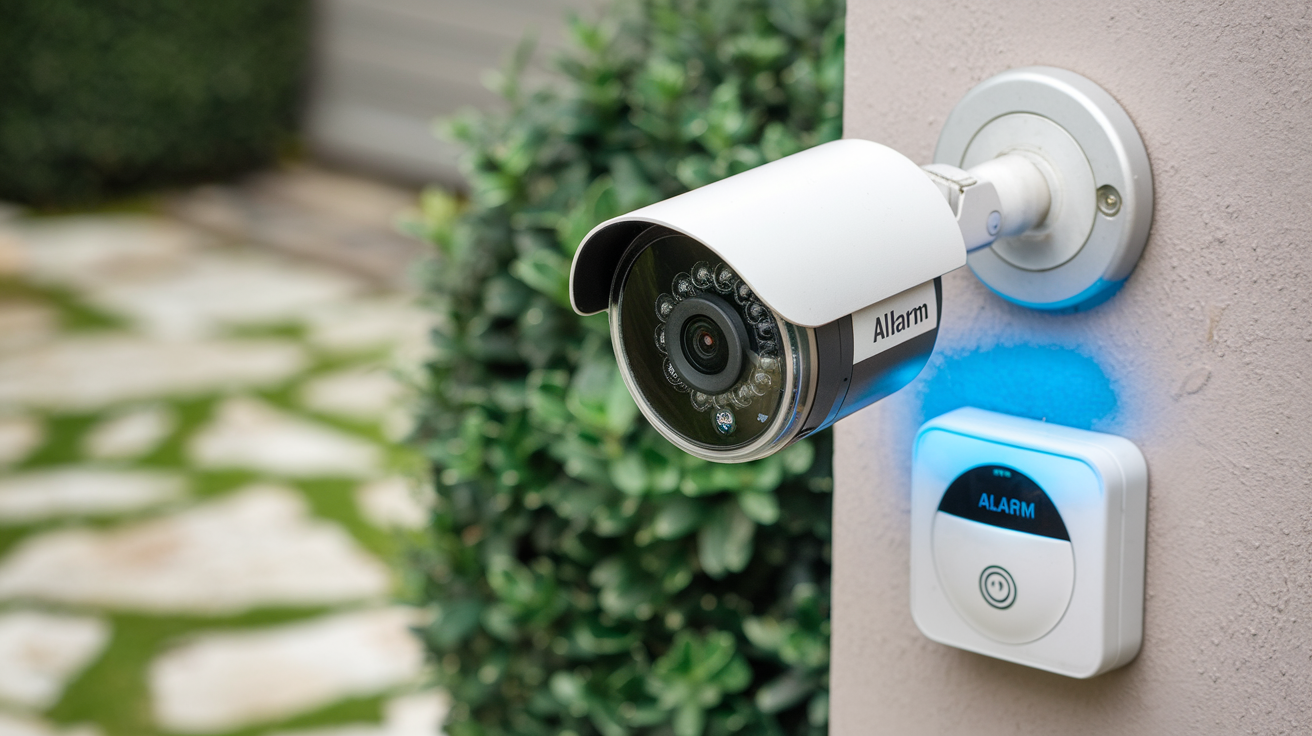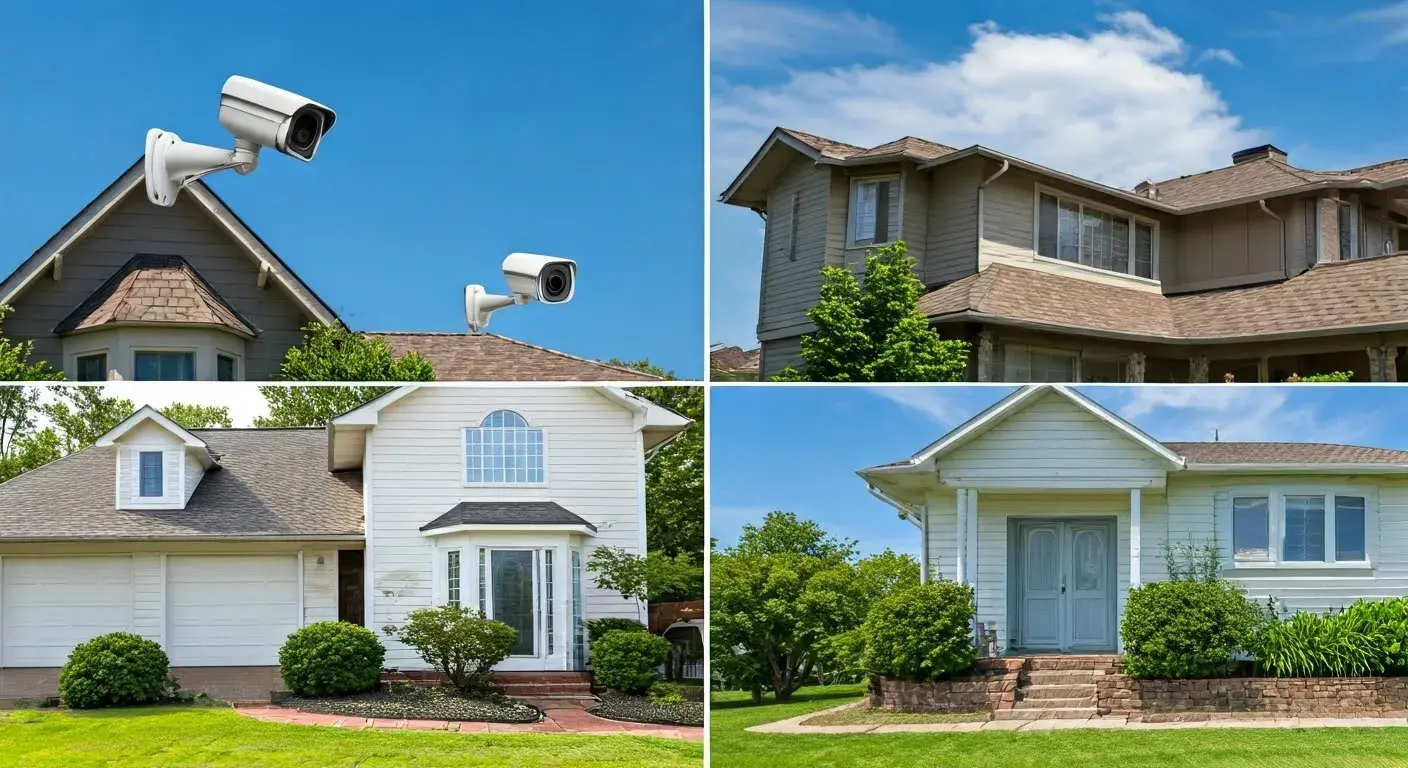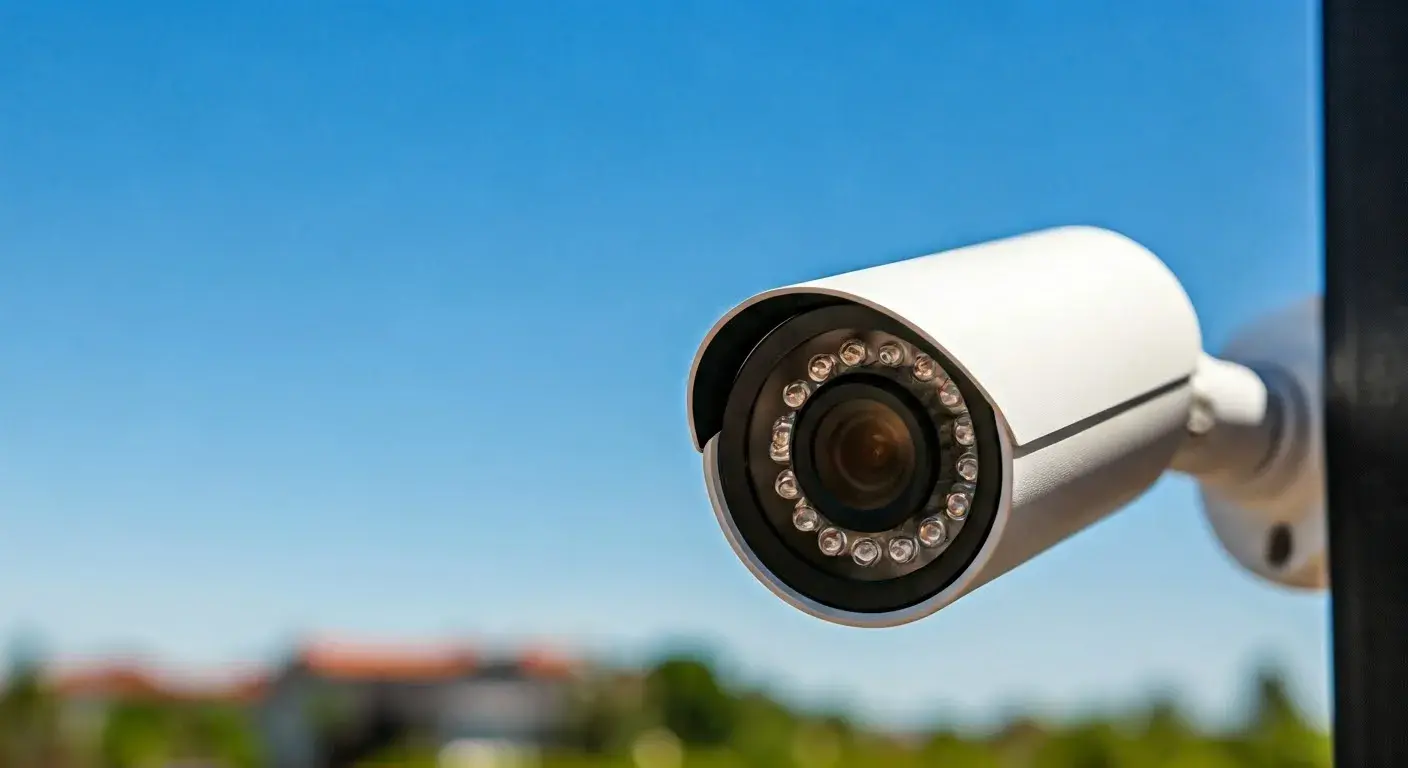Best Security Cameras placed at strategic positions in your compound will offer an added security measure and guarantee. However, the location of the cameras on the doors and windows proves crucial in their efficiency in deterring criminals and recording the faces of suspects. This article gives recommendations on where homeowners should install exterior and interior home security cameras.
Exterior Home Security Cameras
When installing outdoor home security cameras, you normally need to cover all the entries and points of access to your home in addition to other areas that can easily be accessed such as garages, sheds, and gates. Specific areas to consider include:
Living Room - A camera mounted in the living room will allow one to monitor anyone who comes to visit and may scare or apprehend a burglar intending to break in. Mount the camera at a height of eight to ten feet with a field of vision that captures the overall front entrance and doorways.
Entryways – Driveways, walkways, and paths to entryways are also important coverage areas. These will be utilized by a criminal to get closer to your residence. Install cameras aimed at vehicles and/or pedestrians approaching and leaving entrances.
Garage Doors – This should be mounted on the wall outside your house with its angle facing downwards, capturing your garage door opening and any movement around it. A lot of burglars also trespass through the doors of garages.
Backyard and Sheds - It is also important to monitor backyards, sheds, and other storage areas. Select areas where cameras cannot be concealed and can monitor most of the yard or shed exterior.
Side Yards and Gates – Gates, fences, and concealed side yard access points are other insecure areas that a camera should cover. Make sure that it will be easy to capture images without excess foliage or other objects in the way.
Roofs and Attic Vents – These cameras are mounted on roofs to capture the entire compound in its view. It will also capture any movement near upper-floor regions, such as through a skylight or an attic vent which a criminal could use.
Interior Security Cameras
Exterior cameras are the first line of protection and interior cameras are the second line of protecting your most valuable interior property. Key areas to monitor inside your home include:
Entryways – Position CCTV cameras right inside the doors that lead to the outside so that they can capture anyone who may attempt to break in or anyone who may be entering through those major points of entry that a criminal may use. Place them vertically oriented with the tips facing the ground.
Hallways – Long corridors that connect many rooms are perfect for thieves to walk through your house. Place cameras halfway in each direction with a wide-angle lens to detect motion in both directions.
Large Shared Spaces – Main living areas like great rooms and open floor plans consist of valuable items in lots of directions a thief could get out. Position these cameras in the middle of the room or at the top of corners so that the entire visible space can be seen.
Staircases – They can provide access to the upper stories containing bedrooms and to the lower stories containing basements. Mount cameras with the lens focusing directly downwards on the staircase at eye-level + 25cm. Place them quite a distance so that the stairs themselves are not in the way of seeing the positions.
Luxury Room Interiors - Install cameras inside any of the rooms that hold your most valuable items such as home offices, master bedrooms, or home gyms. Place them at the tops or corners of walls exposed to the whole area and doors.
More Home Security Camera Recommendations
Beyond location, several other important guidelines impact security camera effectiveness:
Keep Interference Away - Make sure things like branches, poles, walls, or ornaments do not hinder the view of the camera. The footage should get a good exposure to all intended coverage zones.
Elevate Cameras - Place exterior cameras at the eave level or even higher to deter anyone from tampering with them. It also saves one from having to deal with landscaping and yard objects that may interfere with visibility at a future time.
Overlap Views – Several cameras focusing on a certain sector are beneficial as it has further footage at varying angles. The additional perspectives could help better identify criminals.
Improved Resolutions – Better 4K camera resolutions enable more important aspects of faces, clothes, vehicles, and other features to be noticed by the police.
Partner With Warning Signs – When homeowners install alarm company warning signs alongside visible cameras, then potential burglars will stay clear of your home as they realize that the place is under observation.
Power Cameras Correctly – Secure cameras to prevent sudden power loss from battery or wireless signal interruptions. Make sure that all parts are protected from water damage.
Record for desired coverage – Synchronize cameras to DVR units and frequently monitor recordings for sufficient coverage. Apply changes to address challenges such as interference or unclear images.
In this way, you can think through how to place cameras effectively, with the understanding that the exterior entry points and value spaces inside your home must be mapped. To protect yourself the most, position systems correctly without any interferences and use overlapping views of these weak areas. It is also important to check the quality of the footage regularly and fill in the gaps if there are any to maximize the security of the most valuable locations.
-
Protect your home today with ADT’s top-rated security solutions!
Call now at +1 877-470-7879 to get a free consultation and find out how you can secure your home with the best in the business. Don’t wait—ensure your peace of mind with ADT!
